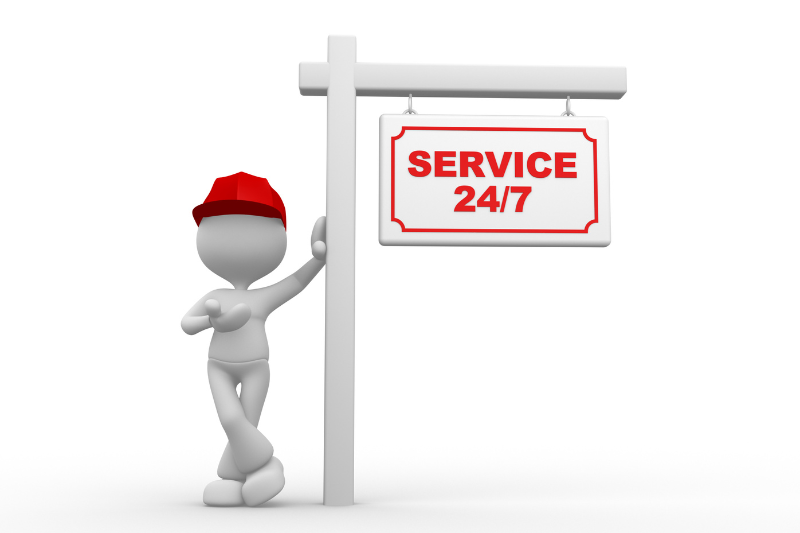IT Infrastructure Solutions
Power Solutions

Thermal Solutions
Fire-Safety-Security Solutions
Access Control, CCTV Systems Solutions

Passive Network Solutions

DCIM & EMS Solutions
24/7 Support services
Power Solutions
Uninterruptible Power Supply (UPS)
UPS systems provide backup power during utility outages, ensuring continuous operation and protecting critical equipment from power disruptions.
Automatic Voltage Regulator (AVR)
AVR devices regulate the voltage supplied to sensitive equipment, stabilizing voltage fluctuations and protecting them from power surges or drops.
Generator Set (DG-Set)
Generator sets serve as a backup power source in case of prolonged power outages, providing continuous power supply to the data center during extended downtime.
Power Distribution Units (PDUs)
PDUs distribute power from UPS or generator sources to racks and equipment within the data center, enabling efficient power management and monitoring.
Distribution Boards (DB Boards)
DB boards act as central distribution points for power within the data center, facilitating proper routing and allocation of electrical circuits.
Electrical Cabling and Trunking
High-quality electrical cabling and trunking systems are essential for efficient power distribution, ensuring proper connectivity and minimizing power losses.


Thermal Solutions
Precision Air Conditioning (PAC)
PAC units provide precise control over temperature and humidity, ensuring a stable and optimal environment for the sensitive equipment within the data center.
Comfort Air Conditioning
Comfort air conditioning systems help maintain a comfortable working environment for personnel working in the data center facility.
Hot/Cold Aisle Containment Systems
These systems separate hot and cold air streams within the data center, improving cooling efficiency and preventing the mixing of hot and cold air, thus reducing energy consumption.
Fire-Safety-Security Solutions
Fire Detection Systems
These systems include smoke detectors, heat detectors, and flame detectors strategically placed throughout the data center facility to detect the presence of smoke, excessive heat, or flames. They provide early warning signs of a potential fire hazard.
Fire Suppression Systems
Fire suppression systems, such as clean agent systems or water-based sprinklers, are designed to suppress or extinguish fires in their early stages. They release fire-suppressing agents to minimize fire damage while minimizing harm to sensitive equipment.
Fire Extinguishers
Portable fire extinguishers should be strategically placed at accessible locations within the data center. They enable quick response to small fires and can provide initial firefighting capabilities before the suppression system activates or professional help arrives.
Emergency Lighting Systems
In the event of a fire or power failure, emergency lighting systems ensure visibility and guide individuals to exit points and emergency exits. These systems use battery-powered lights that activate when the main power supply is disrupted.
Fire-Resistant Doors and Partitions
Fire-resistant doors and partitions help contain and prevent the spread of fire within the data center. They are constructed with fire-rated materials to withstand high temperatures and limit fire progression.
Fire Alarm and Notification Systems
Fire alarm systems trigger audible and visual alarms to alert occupants of the data center in case of a fire emergency. These systems should be connected to a central monitoring station or facility management to initiate appropriate actions.
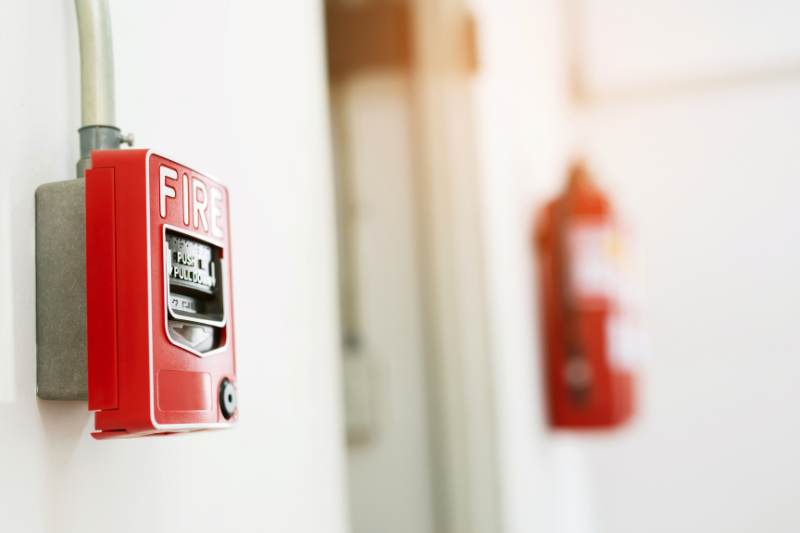
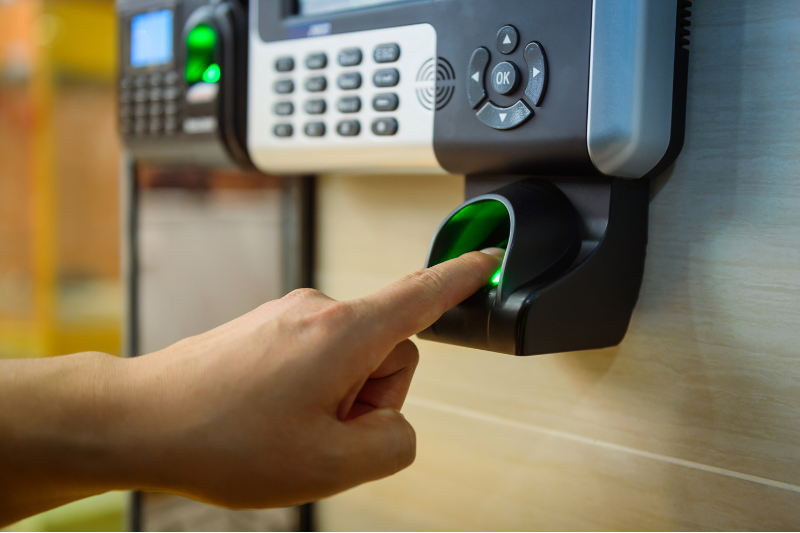
Access Control, CCTV Systems Solutions
Access Control Systems
Access control systems regulate entry to the data center, ensuring that only authorized personnel can enter specific areas. This prevents unauthorized access, enhances physical security, and helps maintain confidentiality and integrity of the data center environment.
Video Surveillance Systems
Video surveillance systems provide continuous monitoring of the data center premises. They deter potential threats, help identify security incidents or breaches, and provide evidence for investigations. Video footage can also be used for audit purposes and compliance requirements.
CCTV (Closed-Circuit Television)
CCTV (Closed-Circuit Television) systems provide an extra layer of security by monitoring and recording activities within a premises. They act as a deterrent against theft, vandalism, and unauthorized access, ensuring a safer environment for people and valuable assets.
Passive Network Solutions
Copper Cabling
Copper cabling, such as Category 6 or Category 6A, is commonly used for data center infrastructure. It provides reliable connectivity for Ethernet networks and supports high-speed data transmission.
Fiber Optic Cabling
Fiber optic cabling, such as Single-mode or Multi-mode fiber, offers high bandwidth and long-distance transmission capabilities. It is ideal for high-speed data transfer, storage area networks (SANs), and interconnecting data center equipment.
Patch Panels
Patch panels act as central connection points for network cables, allowing easy management and organization of network connections. They provide a convenient way to route and connect cables between networking devices and server racks.
Racks and Cabinets
Racks and cabinets provide the physical framework for housing network equipment, servers, and patch panels. They offer proper cable management features, such as cable trays, to ensure tidy and organized cabling within the data center.
Cable Management Systems
Cable management systems, including cable trays, raceways, and horizontal and vertical cable managers, help maintain neat and organized cabling infrastructure. They facilitate proper routing, support cable separation, and enable easy identification and maintenance of network cables.
Network Switches and Routers
Network switches and routers are crucial components for data center connectivity. They provide interconnection between servers, storage devices, and other network equipment, enabling efficient data transfer and communication within the data center network.
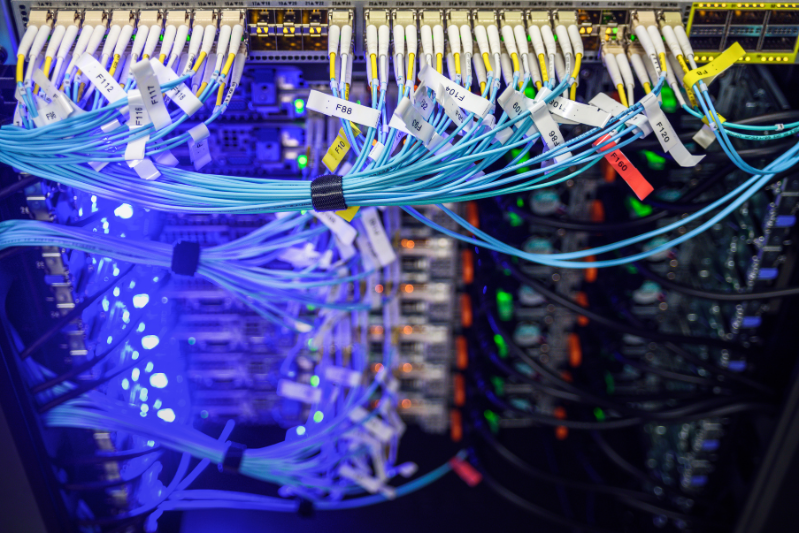
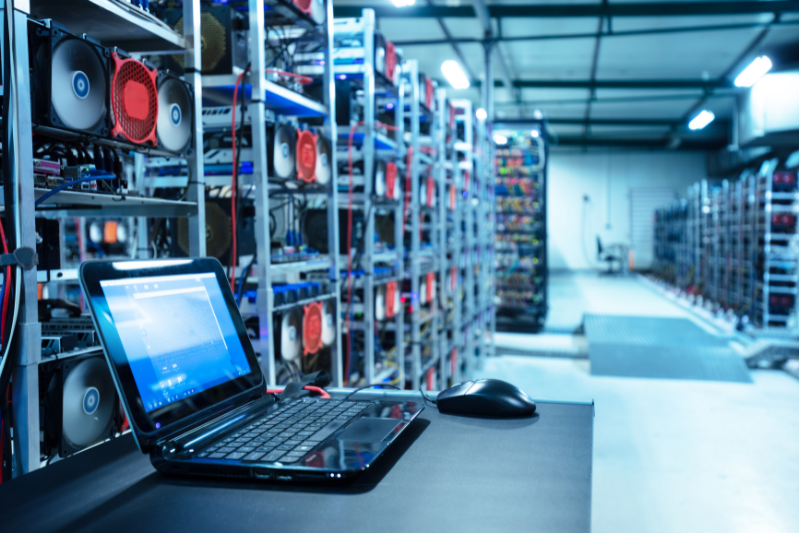
DCIM & EMS Solutions
DCIM (Data Center Infrastructure Management)
DCIM solutions provide comprehensive monitoring, control, and management of the physical infrastructure within a data center. It helps optimize resource utilization, improve energy efficiency, streamline operations, and enhance overall performance.
EMS (Environment Monitoring System)
EMS is specifically designed to monitor and manage environmental conditions within a data center, including temperature, humidity, airflow, and power consumption. It ensures optimal conditions for equipment operation, early detection of anomalies, and efficient energy management.
Integration
DCIM and EMS solutions can be integrated to provide a holistic view of the data center’s infrastructure and environment. This integration enables data center operators to make informed decisions, quickly identify and resolve issues, and optimize the performance of critical systems.
Real-time Monitoring and Alerts
Both DCIM and EMS systems provide real-time monitoring and generate alerts for any deviations from predefined thresholds. This allows for proactive response to potential issues, minimizing downtime risks and enhancing operational efficiency.
Analytics and Reporting
DCIM and EMS solutions offer advanced analytics and reporting capabilities. Data center operators can gain insights into energy consumption patterns, capacity utilization, environmental trends, and more. This information helps in making data-driven decisions and planning for future growth.
Compliance and Sustainability
DCIM and EMS solutions support compliance with industry standards, regulations, and certifications. They help data centers achieve sustainability goals by optimizing energy usage, reducing carbon footprint, and enhancing overall environmental performance.
24/7 Support Services
Prompt Issue Resolution
Our dedicated support team is available round the clock to address any technical issues or concerns related to data center passive equipment. We provide quick response times and efficient troubleshooting to minimize downtime and ensure uninterrupted operations.
Equipment Monitoring and Maintenance
We proactively monitor the performance of data center passive equipment, conducting regular maintenance to identify and resolve potential issues before they escalate. This proactive approach helps prevent equipment failures, optimize performance, and extend the lifespan of critical infrastructure.
Expert Technical Assistance
Our support services are backed by a team of skilled technicians and engineers with in-depth knowledge of data center passive equipment. We offer expert guidance, advice, and recommendations to ensure optimal equipment functionality and performance.
Emergency Support
We understand that emergencies can occur at any time. Our 24/7 support services provide immediate assistance during critical situations, such as power outages, cooling system failures, or other equipment malfunctions. We work swiftly to address emergencies and restore operations promptly.
Continuous Monitoring and Alerting
Our support services include continuous monitoring of data center passive equipment. We utilize advanced monitoring systems to detect abnormalities, trigger alerts, and notify our team of potential issues. This proactive approach enables us to take prompt action to prevent disruptions and minimize risks.
Regular Performance Analysis
We conduct regular performance analysis of data center passive equipment, reviewing key metrics and indicators to identify areas for improvement. Our proactive analysis helps optimize equipment efficiency, energy consumption, and overall performance.
